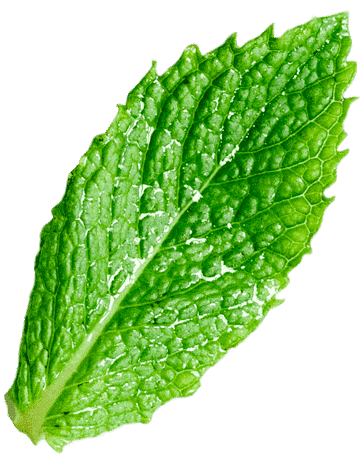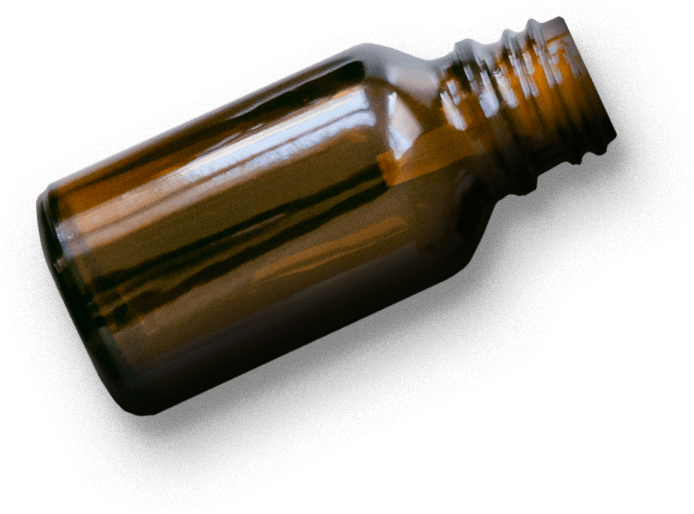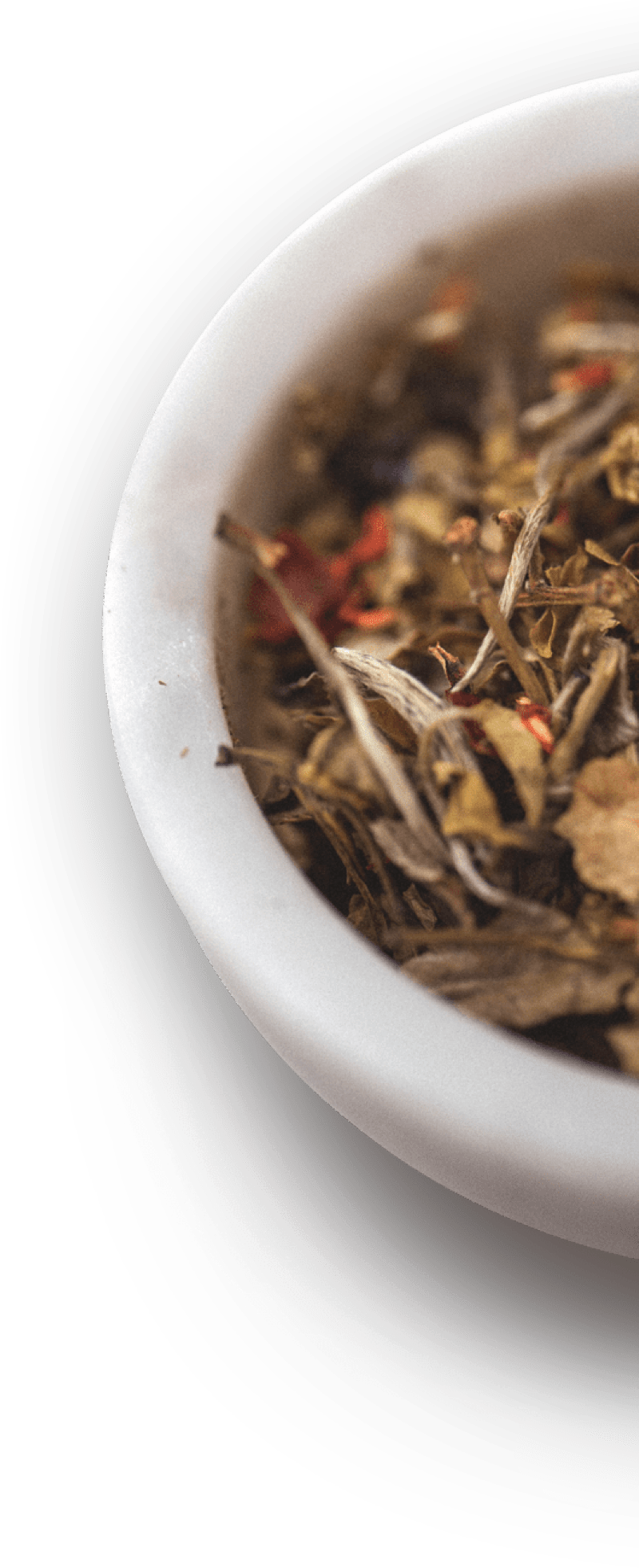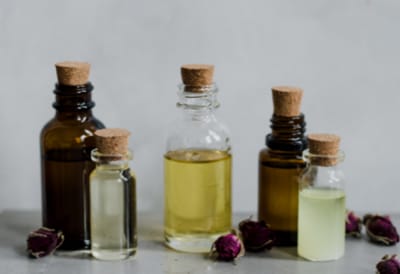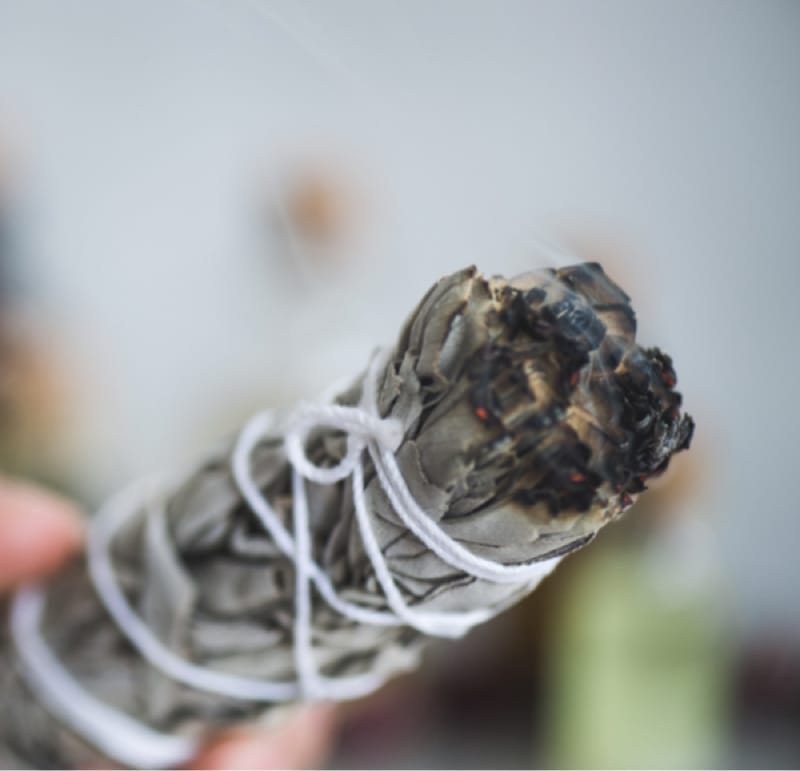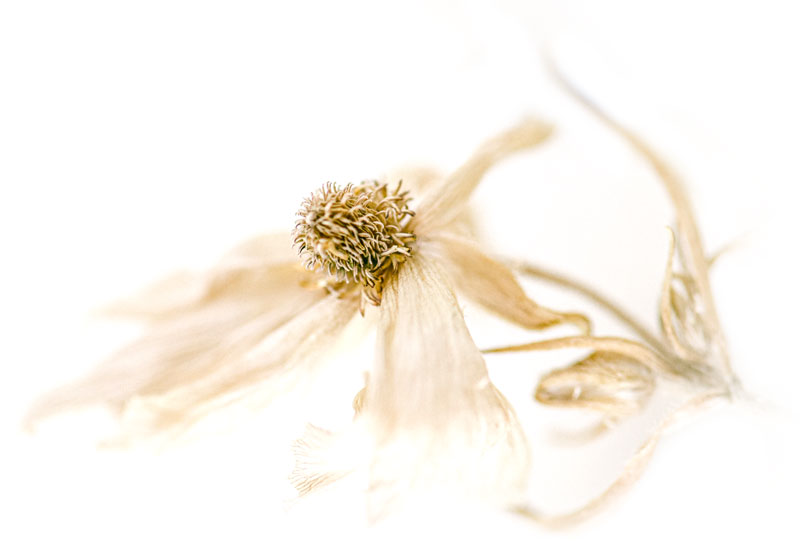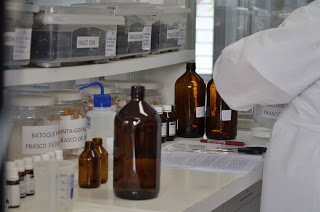
Homeopathy, a medical specialty created by the german physician Christian Friedrich Samuel Hahnemann (1755-1843), is one of the complementary practices recommended by the World Health Organization (WHO). Its use in animals has increased greatly in recent years, mainly due to the incentive to practice organic creations. Farmers and veterinarians are increasingly encouraged to reduce levels of chemicals that leave residual accumulations in herds, such as antibiotics and hormones. Organic creations are already a reality, or rather a requirement in the first world countries, and Brazil follows this trend. Low toxicity is one of the hallmarks of homeopathy, as high dilutions of substances of vegetable, mineral or animal origin are mandatory in the preparations of homeopathic medicines, these substances act subtly, increasing the natural defenses of the animals and do not leave harmful chemical residues.
In pets, too, the use of homeopathy is growing, including as an adjuvant treatment of neoplastic diseases, whose priority treatment is surgical. In these cases, homeopathy can act by modulating the immune system in increasing the animal’s organic defenses against tumor metastasis. Recent investigations with a homeopathic compound composed of Calcarea carbonic and associations, designated M8 for experimental purposes, demonstrated the decrease of metastasis of melanoma in mice by a direct inhibition of the capacity of adhesion and invasion of the tumor cell. This work was developed in the Laboratory of Neoplastic and Inflammatory Cells of UFPR, Brazil, and was published in the scientific journal BMC Cancer (Guimarães et al., BMC Cancer 2010, 10: 113). This same complex was used in a was used by a veterinarian in the treatment of a horse ethmoid tumor (nostril): “With only 5 drops administered 3 times a day for 6 months, there was significant regression of the tumor, and the animal may return to its training routine. There was no cure, because with the suspension of the administration of the drug the tumor evolved again, “said the veterinarian.

